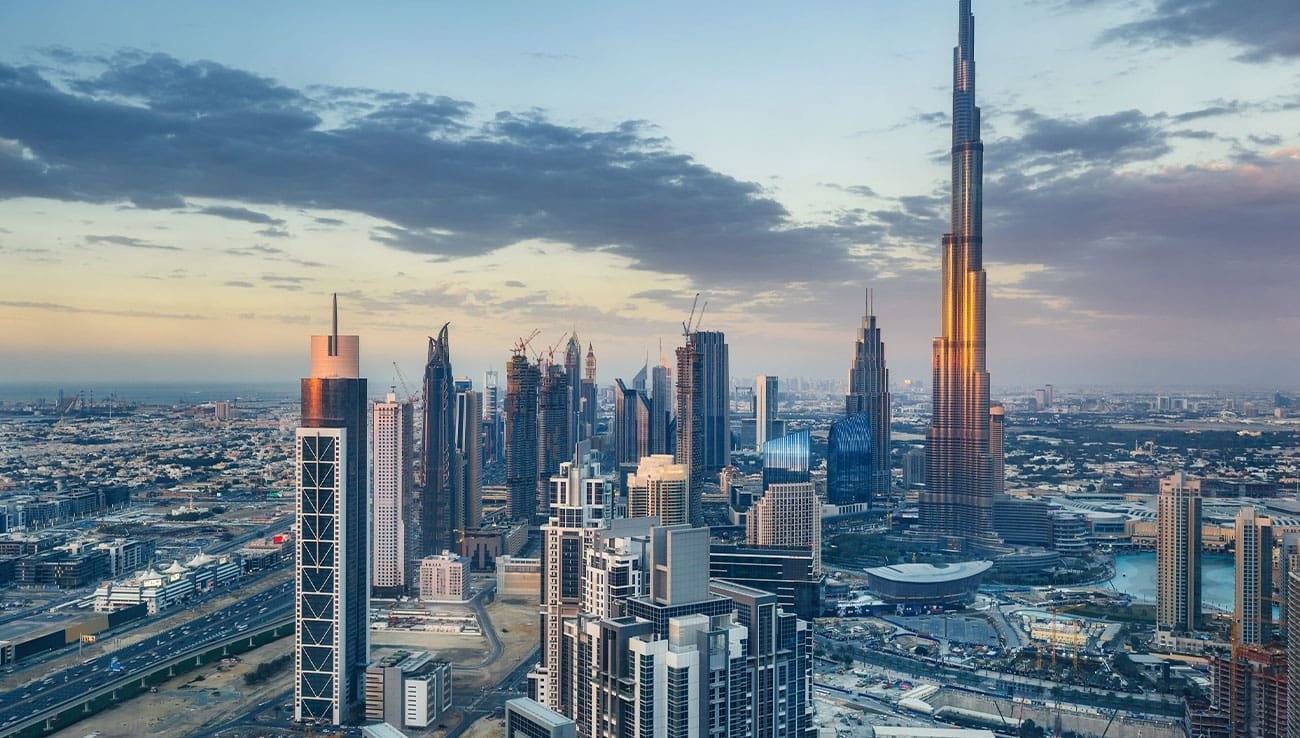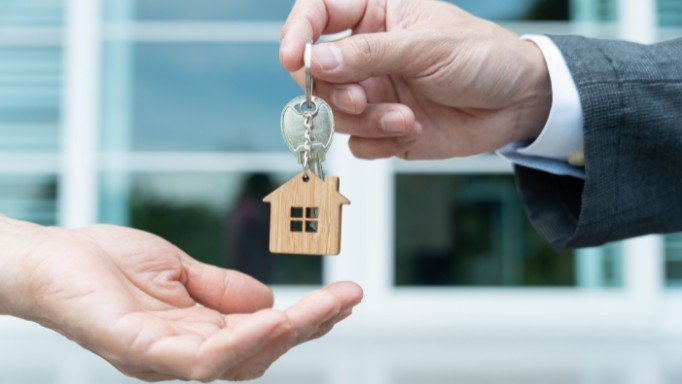
Dubai’s real estate market continues to attract global investors seeking strong returns and long-term stability. While buying property is exciting, understanding rental yield — the return you earn from renting your property — is crucial to measure real profitability.
Knowing how to calculate rental yields in Dubai helps investors make informed decisions, compare opportunities across communities, and identify the best-performing properties in the market.
Rental yield is the percentage of income you earn annually from renting out your property compared to its purchase price.
It answers one key question: “How much return am I getting on my investment?”
Understanding this number helps you:
In Dubai, where communities and property types vary widely, yield analysis helps investors separate high-potential opportunities from overpriced listings.
There are two common ways to calculate rental yield: Gross Yield and Net Yield.
This is the most straightforward method, calculated using the annual rental income and property purchase price.
Formula:
Gross Yield = (Annual Rental Income ÷ Property Purchase Price) × 100
Example:
If a one-bedroom apartment costs AED 1,000,000 and rents for AED 80,000 per year:
Gross Yield = (80,000 ÷ 1,000,000) × 100 = 8%
This means you earn 8% of your investment back each year before expenses.
Net yield provides a more accurate picture by including ownership costs such as maintenance, service charges, insurance, and agency fees.
Formula:
Net Yield = [(Annual Rent – Annual Costs) ÷ Property Price] × 100
Example:
Let’s say your apartment earns AED 80,000 annually but costs AED 10,000 per year in service fees and maintenance.
Net Yield = [(80,000 – 10,000) ÷ 1,000,000] × 100 = 7%
This figure better reflects your true profitability after expenses.

Dubai’s rental yields remain among the highest globally, typically ranging between 5% and 9%, depending on the community and property type.
Here’s a snapshot of average yields across popular investment zones:
| Area | Average Gross Yield |
|---|---|
| Jumeirah Village Circle (JVC) | 7% – 9% |
| Dubai Silicon Oasis | 6.5% – 8% |
| Dubai Marina | 6% – 7% |
| Downtown Dubai | 5% – 6% |
| Business Bay | 6% – 7% |
| Arabian Ranches | 5% – 6% |
| Jumeirah Lake Towers (JLT) | 7% – 8% |
Affordable and mid-market communities like JVC and JLT tend to outperform luxury districts in yield percentage, though high-end areas offer better capital appreciation potential.
To understand the true earning potential of a property, you need to consider more than just rent and purchase price. Several market and property-specific factors play a major role:
The golden rule of real estate still applies — location drives rental demand. Properties near metro stations, business hubs, schools, and beaches command higher rents and better occupancy rates.
Smaller units such as studios and one-bedroom apartments generally have higher yields than large villas due to stronger tenant demand and lower maintenance costs.
Older buildings may have lower rents and higher service charges. Modern developments with energy-efficient systems often deliver better net returns.
Properties built by trusted developers like Emaar, Damac, and Nakheel maintain value better and attract quality tenants, ensuring fewer vacancies.
Economic growth, government reforms, visa programs, and population expansion all influence Dubai’s rental market. During strong economic phases, yields tend to climb due to increased demand.
If you already own property in Dubai, there are proven ways to boost your rental income and improve overall yield.
Both have their place.
For accurate decision-making, professional investors always base their final analysis on net yield, since it reflects the actual return after costs.
Many investors focus only on rental income, but capital appreciation — the increase in property value over time — can be equally important.
For instance:
Balancing yield and appreciation ensures stable cash flow and long-term wealth creation.

Let’s take a practical example:
Gross Yield:
(120,000 ÷ 1,800,000) × 100 = 6.67%
Net Yield:
((120,000 – 18,000) ÷ 1,800,000) × 100 = 5.67%
This shows how service charges and maintenance costs can reduce your effective return. For premium districts like Marina, a net yield around 5%–6% is still considered strong.
| Property Type | Average Gross Yield | Typical Tenant Profile |
|---|---|---|
| Studio | 8% – 9% | Young professionals |
| 1-Bedroom | 7% – 8% | Couples and singles |
| 2-Bedroom | 6% – 7% | Small families |
| Villa/Townhouse | 5% – 6% | Families and expats |
Investors seeking quick cash flow often prefer smaller units, while those looking for long-term tenants and stability lean toward villas and larger apartments.
One of Dubai’s biggest investor benefits is its tax-free environment.
This means your gross yield is effectively your real return, minus only maintenance and service fees — a major advantage compared to markets like London or Singapore, where taxes can eat into profits.
Many real estate agencies and portals in Dubai offer online calculators that help investors estimate rental yields quickly. All you need to input is:
These tools give you a clear snapshot of potential returns before making a purchase decision.
Avoiding these mistakes ensures a sustainable income stream and healthy long-term returns.
Modern tools and platforms are revolutionizing how investors track yield performance in Dubai. Smart dashboards now provide:
These insights allow investors to act faster and make data-driven decisions — key advantages in a competitive market.
With strong population growth, long-term visa initiatives, and continuous infrastructure development, Dubai’s rental yields are expected to remain stable or increase slightly over the coming years.
New areas like Dubai South, Al Furjan, and Arjan are emerging as next-generation high-yield zones, offering affordable entry prices and growing tenant demand.
For investors, this means 2025–2026 could be an ideal period to acquire new properties and lock in attractive returns before prices rise further.
Understanding how to calculate rental yields in Dubai is essential for any serious investor. Whether you’re evaluating your first apartment or expanding a portfolio, yield calculations reveal the property’s real earning power.
By comparing gross and net yields, analyzing expenses, and staying informed about community trends, investors can achieve consistent cash flow and capital growth in one of the world’s most dynamic real estate markets.
In the end, smart property investment isn’t about buying the most luxurious home — it’s about buying the property that works hardest for your money.
Do Follow Estate Magazine on Instagram
